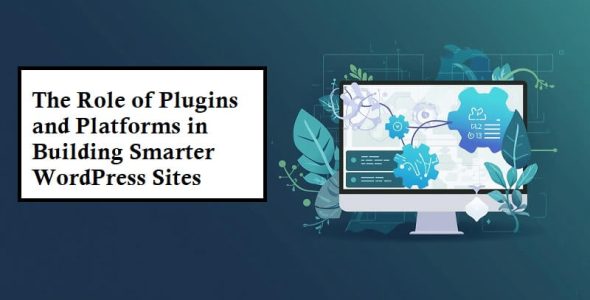3 Tips to Promote Your WordPress Website on Social Media (2024)
Do you want to know the best tips to promote your WordPress website on social media? This article will help you a lot. So, keep reading.
Creating a website is a challenging task and usually takes a lot of time and effort. Not to mention promotion is another challenge that site owners face in order to increase traffic and get the best results.
Promotion is an obligatory step on the way to success. Your WordPress site can be very informative, visually rich, stylish, and useful, but in order for users to learn about it, you need to increase its visibility. How? Through social resources, of course.
Social resources in 2024 are a real opportunity to raise your site (any niche) to a new level to get new readers or customers. But this doesn’t happen like in a fairy tale: promotion requires not only your efforts but also certain knowledge.
In today’s article, we’ll share the best tips for promoting a WordPress site on various social platforms. We’ll explore the interaction with subscribers and the possibility of redirecting them from social networks to your site. You’ll also find some account’s stats upgrade secrets, including the option to purchase additional incentives from Viplikes company for effective and fast promotion from scratch. Without further ado, let’s get started!
Read Also: Best Free Social Media Auto Post WordPress Plugins.
Tips to Promote Your WordPress Website on Social Media:
1. Choose a platform wisely and build your presence
Today, there are a lot of different platforms that you can use to promote. The rapidly developing Internet space offers a bunch of different sites, but there is one thing: you can only be everywhere at a time. Technically, this is possible, but creating content for different platforms is tiring. As a result, you’ll be everywhere, but the audience will be minimal. That’s why it’s important to decide on the platform at the initial stage – that’s all you’ll need to create the presence and further improve it.
Tips for choosing a platform:
- Focus on your niche and audience. All social resources are segmented, which means that each one has specific users. For example, Twitter, Instagram, and Facebook (the most popular resources worldwide) are ideal for different generations. Young people dearly love TikTok, and LinkedIn is focused on attracting professionals, businessmen, and companies. You can also consider more visual-focused sites, such as YouTube, Tumblr, and Pinterest if your website has a lot of visual elements or videos.
- Be where you feel comfortable. It happens that entrepreneurs and individuals make a choice towards a large platform for the sake of a large audience, but in fact, they don’t like it. Such a choice won’t lead to good things – most likely, it will annoy you, and in the end, you won’t be able to stay for long. Therefore, approach the choice not only with your mind but also with your heart – choose what you like.
2. Post high-quality content
The content that you publish is the business card of your site. Here, you need to understand which content is ideal for your audience and what they expect from you. If your site looks like a magazine or blog (lots of text), it’s wise to publish text publications. For portfolio sites, posts with videos and photos optimized for different resources are more relevant.
If your publications are:
- Well-written,
- Informative,
- Niche,
- Intriguing,
- Engaging,
So you’re doing it fine. If you think that your posts lack these qualities, then it’s time to change something or try something new. Sometimes creators need to leave intrigues – this is a mistake because the easiest way to generate new traffic is to give the reader /viewer a reason to visit it after the post. Be sure to post the link.
3. Analyze and improve stats
Today, the kings are algorithms, and they decide whether your content will be popular with a wide audience. That is why analyzing and improving statistics is as essential advice as others. It’s convenient that, in most cases, the analysis program already exists on the platforms – you won’t need third-party tools to track your online results.
Last but not least, you can improve metrics in natural ways (but this is very difficult in conditions of fierce competition) or hybrid, combining paid and organic ones. The online advertising services market is diverse, and if you realize that you need additional professional support, don’t be afraid to use it to make your page (and, as a result, the WordPress site) flourish. Good luck!

 My Account
My Account 

